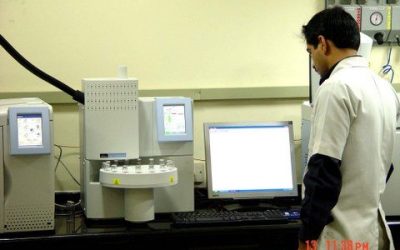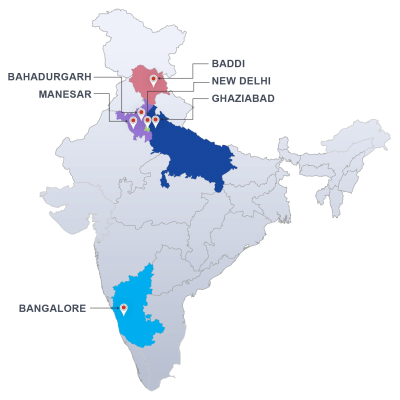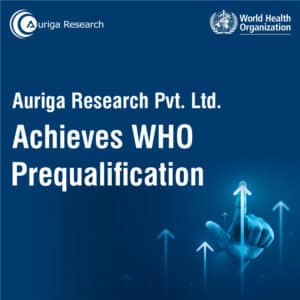What is AOAC?
The AOAC was established more than 130 years ago in 1884 by the United States Department of Agriculture (USDA). Originally, it was called Association of Official Agricultural Chemists. Its name was changed to Association of Official Analytical Chemists in 1965. Since 1991, it has been known as AOAC INTERNATIONAL. This current name reflects the international expansion of AOAC’s activities. Importantly, AOAC no longer stands for an acronym. Today, AOAC INTERNATIONAL is a world-renowned organization. It works independently to develop standards for various analytical methods.

The AOAC INTERNATIONAL boasts of several important statistics. These are briefly stated below:
- Membership base over 3,000 globally.
- Membership spans over 4 continents and 90 countries.
- Publishes “Official Methods of Analysis”, which is world renowned.
AOAC’s staggering membership base is spread across many types of organizations. Some of these are briefly listed below:
- Government agencies
- Contract research organizations (CROs)
- Academia
- International organizations
- Diagnostic kit developers
- Instrument manufacturers
Some of the broad areas that AOAC’s analytical activities encompass include the following:
- Food
- Beverage
- Nutraceuticals
- Infant food
- Medicines (Humans)
- Medicines (Veterinary)
- Fodder testing
- Fertilizers
- Soil testing
- Water testing
FTIR for Detection of Trans Fats
- Trans Fats: Trans fats contain one or more double bonds in the trans configuration instead of the usual cis Vanaspati is rich in trans fats. The trans fats impart solidity to margarine. They are also responsibly imparting stability to emulsions in shortenings. It has been established that trans fatty acids can increase the risk of cardiovascular diseases, diabetes, obesity, premature births, and even cancer. As a result of these research findings, trans fats intake should be negligible or preferably zero.
- Fourier-Transform Infrared Spectroscopy (FTIR): The term Fourier-Transform Infrared Spectroscopy (FTIR)originates from the mathematical method “Fourier transform”. This is utilized for converting raw data into the actual spectrum that can be detected by infrared spectroscopy; hence the term FTIR. The underlying principle of FTIR is based on the fact that most molecules absorb light in the infrared region of the electromagnetic spectrum. This absorption corresponds specifically to the bonds present in the molecule. It is a powerful tool for identifying types of chemical bonds in a molecule by producing an infrared absorption spectrum that is like a molecular “fingerprint” of the substance being analyzed.
- Detection of Trans Fats by FTIR: The FTIR technique can be used to obtain an infrared absorption spectrum or emission spectrum of a solid, liquid or gas. It is a sensitive technique for identifying organic substances, including Trans fats. In the case of trans fats, which are present in partially hydrogenated fats, their structure has multiple double-bonds, which can easily be detected and analyzed by FTIR. This data is essential for confirming the presence of trans fats in the food sample.
How Can We Help?
Arbro Pharmaceuticals Pvt. Ltd. has NABL accredited and FSSAI approved laboratories with state-of-the-art instruments such as FTIR instrumentation for detection of trans fats in food samples. The instrumentation is operated by well-trained and competent professionals to carry out food testing with utmost precision. If you would like to use our testing services, please feel free to contact us through the contact form or call us now on +91-11-45754575. We will be happy to provide you with a proposal for testing the trans fats in your food samples.
References
- Association of Official Analytical Chemists (AOAC): Official Methods of Analysis. 15th Edition, 1990. Available at: https://law.resource.org/pub/us/cfr/ibr/002/aoac.methods.1.1990.pdf
- Song J, Park J, Jung J, Lee C, Gim SY, Ka HJ, Yi BR, Kim M-J Kim C, Lee JH. Analysis of trans fat in edible oils with the cooking process. Toxicol Res. 2015 Sep; 31(3): 307-12. doi: 10.5487/TR.2015.31.3.307
- Dhaka V, Gulia N, Ahlawat KS, Khatkar BS. Trans fats—sources, health risks and an alternative approach – a review. J Food Sci Technol. 2011 Oct; 48(5): 534-41. doi: 10.1007/s13197-010-0225-8
- Chen JY, Zhang H, Ma J, Tuchiya T, Miao Y. Determination of the degree of degradation of frying rapeseed oil using Fourier-Transform Infrared Spectroscopy combined with partial least-squares regression. Int J Anal Chem. 2015; 2015: 185367. doi: 10.1155/2015/185367
















